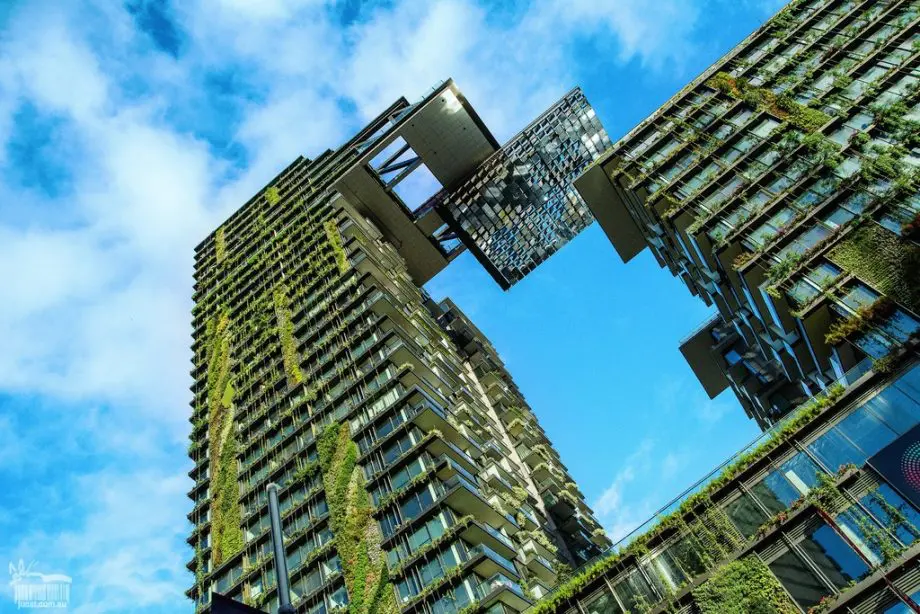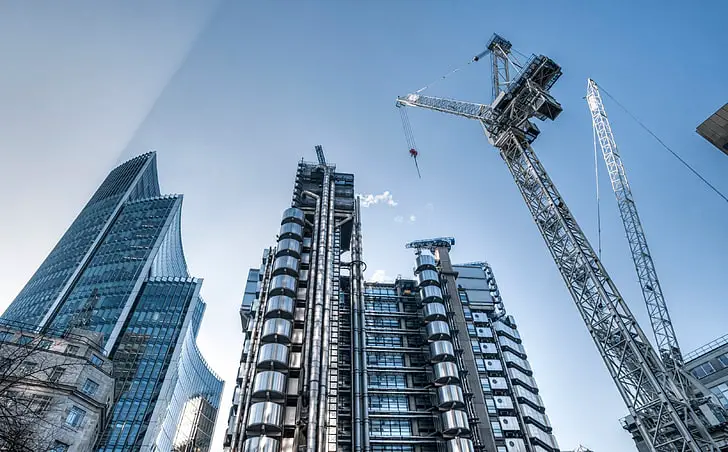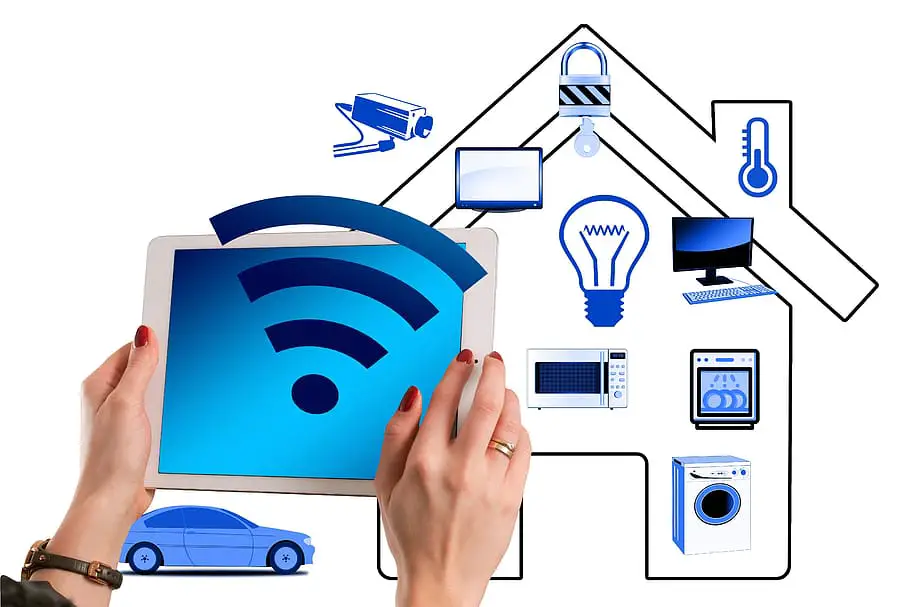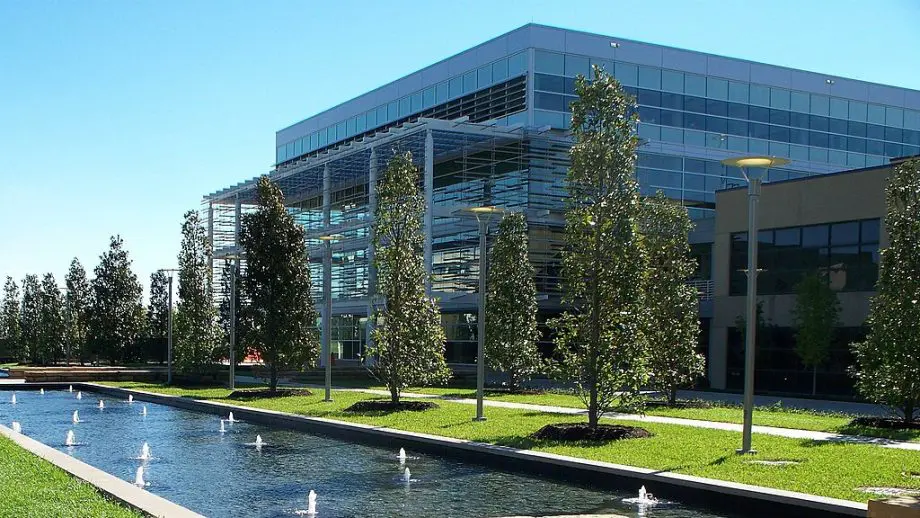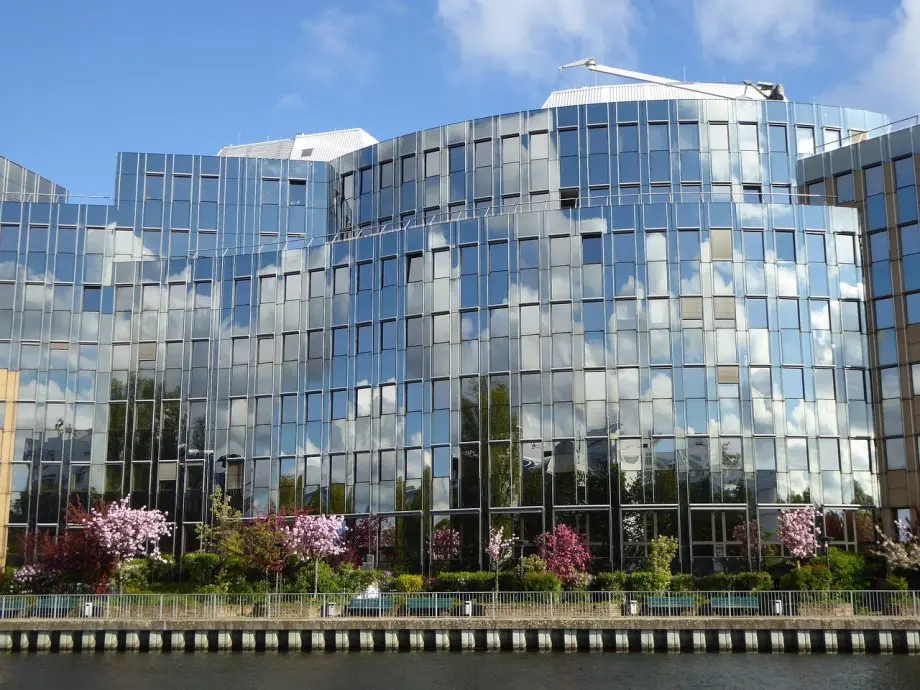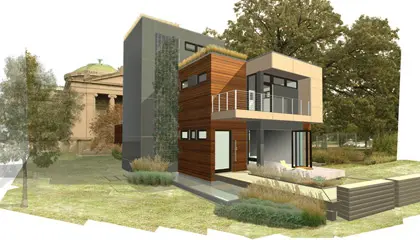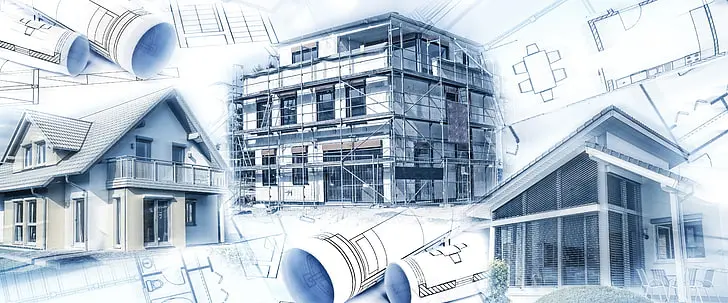
Explore the fascinating world of green building concepts! Discover how they’re shaping our future, making homes healthier and saving our planet.
Ever wondered how we can make our homes more eco-friendly while also enhancing our quality of life?
Well, the answer lies in green building concepts! These innovative ideas are not just about constructing buildings, but about creating sustainable, healthy, and energy-efficient living spaces.
Let’s dive in and explore how these concepts are revolutionizing the way we think about our homes and our environment.
Introduction To Green Building Concepts
Welcome to the world of green building concepts, where architecture meets environmental responsibility!
In this post, we’ll be journeying through the fascinating realm of sustainable design, energy efficiency, and improved indoor air quality.
We’ll also touch on the importance of waste reduction and the role of operations and maintenance in preserving a building’s green status.
So, buckle up and get ready to discover how these green building concepts are reshaping our living spaces and contributing to a healthier planet!
Definition of Green Building Concepts
Let’s start with the basics, shall we? Green building concepts are all about integrating sustainability into every stage of a building’s life cycle.
From the design and construction to the operation, maintenance, and even demolition, every step is carefully considered to minimize environmental impact.
But it’s not just about the environment. Green building also focuses on creating healthier, more productive spaces for people.
It’s about energy-efficient appliances, renewable materials, and designs that let in plenty of natural light.
It’s about buildings that not only tread lightly on the earth but also make our lives better.
Importance of Green Building Concepts
Now, you might be wondering, why all this fuss about green building concepts.
Well, the importance of these concepts cannot be overstated.
Buildings account for a significant portion of our energy use and carbon emissions.
By adopting green building concepts, we can drastically reduce this impact.
But the benefits don’t stop there. Green buildings often have lower utility costs due to their energy and water efficiency.
They provide healthier indoor environments, reducing instances of respiratory diseases and improving overall well-being.
Plus, they can even increase property values! So, whether you’re thinking about the planet, your pocket, or your health, green building concepts have a lot to offer.
Core Principles of Green Building
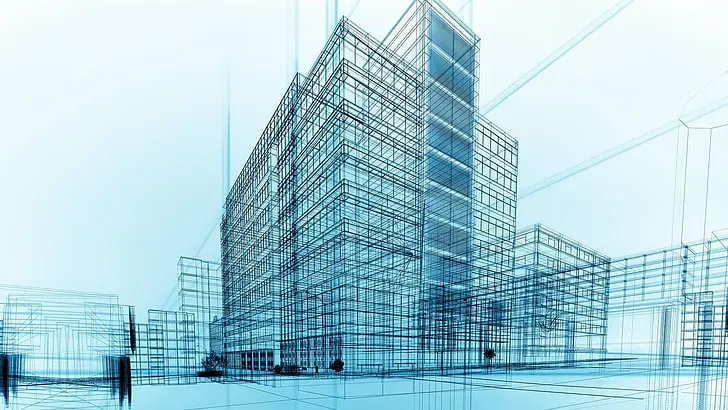
Alright, now that we’ve covered the basics, let’s dive a little deeper.
When we talk about green building, there are some core principles that guide the way.
These principles are like the North Star for architects, builders, and anyone passionate about sustainable living.
They help us navigate the complexities of construction and design, ensuring that every decision made aligns with our commitment to the environment and our well-being.
So, buckle up as we embark on this journey to explore the core principles of green building. It’s going to be an enlightening ride!
Energy Efficiency
Energy efficiency is like the secret superhero of green building concepts.
It’s all about designing and constructing buildings that perform tasks using less energy. Think of it like a car that delivers more miles per gallon.
Energy-efficient buildings use less energy for heating, cooling, lighting, and other operations, thanks to things like superior insulation, energy-saving appliances, and smart design that maximizes natural light and heat.
This not only reduces greenhouse gas emissions but also results in significant cost savings over time. It’s a win-win situation!
Water Efficiency
Water efficiency is another crucial aspect of green building. It’s like a water conservation strategy on steroids.
In a world where clean, fresh water is becoming increasingly scarce, every drop counts.
Green buildings aim to use water more efficiently, both by reducing overall usage and by reusing water where possible.
This could involve installing low-flow fixtures, using native or drought-resistant plants in landscaping, and even collecting rainwater for use in irrigation or flushing toilets.
It’s all about respecting the value of water and using it wisely.
CO2 Emissions Reduction
Reducing CO2 emissions is a bit like being on a carbon diet. Buildings, believe it or not, are one of the major contributors to global CO2 emissions, thanks to the energy used in their construction and operation.
Green building concepts aim to reduce these emissions through energy-efficient design and the use of renewable energy sources.
It’s about making choices that are good for both our wallets and our planet.
Improved Indoor Environmental Quality
Now, this is where green building gets personal. It’s not just about saving the planet.
It’s also about creating healthier, more comfortable spaces for us to live and work in.
This involves everything from ensuring good ventilation to reduce indoor air pollution, using materials that don’t emit harmful chemicals, to designing spaces that maximize natural light.
The result? Spaces that make us feel good, boost our productivity and even improve our health.
Stewardship of Resources and Sensitivity to Their Impacts
Last but certainly not least, green building is about being good stewards of our resources.
This means making the most of what we have and minimizing our impact on the environment.
It involves using materials that are sustainable, recycled, or renewable, and minimizing waste during construction.
It also means designing buildings that are durable and adaptable, so they can serve our needs for as long as possible.
It’s about recognizing that everything we do has an impact and making choices that are as positive as possible.
Key Elements of Green Building
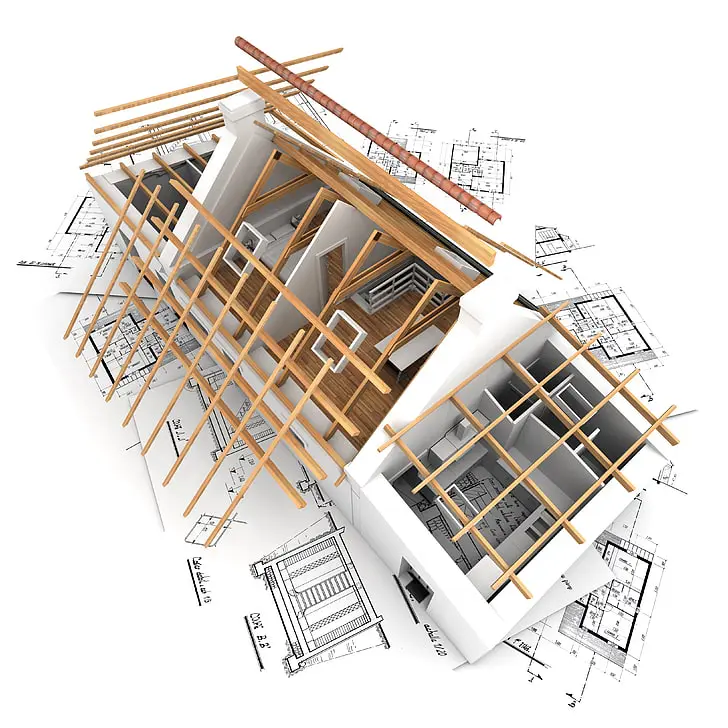
Dive into the world of green building with me as we explore its key elements.
These are the nuts and bolts that make a building ‘green’. They’re the features that help reduce our environmental footprint and create healthier, more sustainable spaces.
From energy efficiency to water conservation, these elements are the building blocks of a greener future.
So, let’s roll up our sleeves and get to know these green building superstars a little better!
Sustainable Site Development
Sustainable site development is all about making the most of our natural environment while minimizing the impact on it.
It’s about choosing locations that are already developed or, in some cases, cleaning up and reusing polluted sites.
It’s about managing stormwater, reducing light pollution, and creating landscapes that are both beautiful and beneficial to our local ecosystems.
It’s not just about the building itself, but how it fits into and interacts with its surroundings.
Water Savings
Water is a precious resource, and green buildings aim to use it wisely.
This can be achieved through a variety of strategies, such as using water-efficient appliances and fixtures, collecting and using rainwater, and landscaping with native plants that require less watering.
It’s about valuing every drop and finding ways to get the most use out of our water, without wasting it.
Energy Efficiency
Energy efficiency is a cornerstone of green building. It’s about designing and constructing buildings that require less energy to operate, thereby reducing their carbon footprint.
This can be achieved through a variety of methods, such as using high-efficiency appliances and systems, improving insulation, and incorporating renewable energy sources like solar or wind power.
The goal is to create buildings that not only consume less energy but also contribute to a cleaner and more sustainable energy grid.
Materials Selection
The materials we choose for our buildings play a big role in their environmental impact.
Green building encourages the use of materials that are sustainable, meaning they are either recycled, renewable or have a low impact on the environment.
This could mean using reclaimed wood, recycled metal, or low-VOC paints.
It’s about considering the full life-cycle of the materials, from extraction to disposal, and choosing those that are most sustainable at every stage.
Indoor Environmental Quality
Last but certainly not least, green building is about creating healthier indoor environments.
This involves improving air quality, using natural light as much as possible, and choosing materials that don’t off-gas harmful chemicals.
It’s about creating spaces that are not only good for the planet but also good for the people who live and work in them.
After all, we spend a significant portion of our lives indoors, and our buildings should contribute to our health and well-being, not detract from it.
Benefits of Green Building
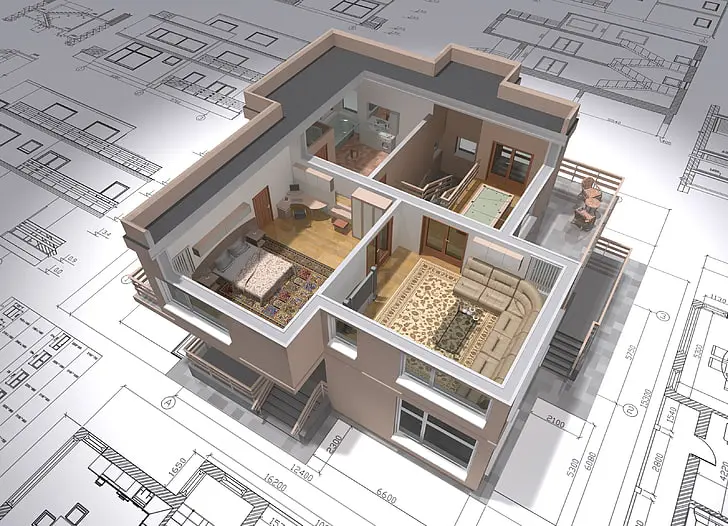
Dive into the world of green building and you’ll quickly discover it’s not just about being kind to the environment.
It’s a multifaceted approach that brings a host of benefits, both tangible and intangible.
From slashing energy costs to creating healthier living spaces, green building concepts are transforming the way we think about architecture and construction.
In this section, we’ll explore the myriad benefits that come with embracing these sustainable practices.
So, let’s get started and uncover the advantages that green building holds for us, our communities, and our planet!
Environmental Benefits
Green building concepts are like a breath of fresh air for our planet.
They’re designed to reduce the overall impact of the built environment on human health and the natural world.
How? By efficiently using energy, water, and other resources, protecting occupant health, and reducing waste, pollution, and environmental degradation.
For instance, by opting for energy-efficient appliances and renewable energy sources, we can significantly reduce greenhouse gas emissions.
Plus, sustainable construction materials and waste reduction techniques help to lessen the strain on our landfills.
It’s all about making choices that are good for Mother Earth!
Economic Benefits
Now, let’s talk about the economic side of things. Green building might seem like a big investment upfront, but it’s a decision that pays off in the long run.
Energy-efficient buildings mean lower utility bills, which can save a significant amount of money over time.
Plus, green buildings often have higher property values, making them a smart investment.
And let’s not forget about the job creation aspect. The green building sector is a growing field, offering a wide range of job opportunities in design, construction, and maintenance.
So, going green is not just good for the planet, it’s also good for your wallet!
Social Benefits
Lastly, but certainly not least, are the social benefits. Green buildings contribute to our overall well-being and quality of life.
They’re designed with people in mind, offering healthier and more comfortable living and working environments.
Think about improved air quality, better lighting, and temperature control because all these factors can enhance occupant comfort and health, leading to increased productivity and satisfaction.
Plus, green buildings foster a sense of community. They often incorporate public spaces and encourage connectivity and walkability, making them great places to live, work, and play.
So, by embracing green building concepts, we’re not just creating better buildings – we’re creating better communities!
Green Building Rating Systems
Navigating the world of green buildings can feel like learning a new language.
But don’t worry, that’s where green building rating systems come in! These systems are like your personal guide, helping you understand and measure a building’s environmental performance.
They’re a bit like a report card for buildings, grading them on various aspects of sustainability.
In this section, we’ll dive into some of the most popular rating systems around the world, and how they can help you make informed decisions about your green building journey.
So, let’s decode the language of green building together!
LEED (Leadership in Energy and Environmental Design)
LEED, or Leadership in Energy and Environmental Design, is one of the most widely recognized green building certification systems in the world.
Developed by the U.S. Green Building Council, LEED provides a framework for creating healthy, highly efficient, and cost-saving green buildings.
It’s like a roadmap for architects, builders, and homeowners who want to be more sustainable in their construction practices.
LEED-certified buildings are designed to lower operating costs, increase asset value, reduce waste sent to landfills, and conserve energy and water.
Plus, they’re healthier and safer for occupants.
So, whether you’re renovating your home or constructing a new office building, LEED provides the tools and knowledge you need to make it green.
BREEAM (Building Research Establishment Environmental Assessment Method)
On the other side of the pond, we have BREEAM, or the Building Research Establishment Environmental Assessment Method.
This is the leading and most widely used green building certification system in the UK.
BREEAM sets the standard for best practices in sustainable design and has become the de facto measure used to describe a building’s environmental performance.
It covers a range of issues, including energy and water use, health and well-being, pollution, transport, materials, waste, and ecology.
BREEAM-certified buildings not only provide a more sustainable environment for people to live and work in, but they also help protect natural resources and enhance the well-being of the people who occupy them.
So, if you’re in the UK and looking to go green, BREEAM is your go-to guide.
Case Studies of Green Buildings
Ready to see green building concepts in action? In this section, we’ll dive into some real-world examples that showcase the power and potential of sustainable design.
From residential homes to commercial complexes, these case studies of green buildings will illustrate how the principles we’ve discussed are applied in practice.
They’re not just theoretical ideas, but practical solutions that are making a difference in our world today.
So, let’s take a virtual tour and explore how these buildings are paving the way for a more sustainable future.
Case Study 1: Bullitt Center in Seattle, USA

Let’s start our journey with a remarkable example of green architecture the Bullitt Center in Seattle, USA.
Often referred to as the greenest commercial building in the world, the Bullitt Center is a testament to the power of sustainable design.
This six-story structure is a net-zero energy building, meaning it produces as much energy as it uses.
It achieves this through a large rooftop solar array that generates electricity, even in cloudy Seattle.
The building also features a rainwater collection system that supplies water for all its needs, including drinking.
Inside, the use of non-toxic materials and a design that maximizes natural light create a healthy and pleasant environment for its occupants.
The Bullitt Center truly embodies the principles of energy efficiency, water savings, and improved indoor environmental quality.
Case Study 2: Khoo Teck Puat Hospital, Singapore

Next, let’s travel to Singapore to visit the Khoo Teck Puat Hospital (KTPH).
This hospital is a shining example of how green building concepts can be integrated into healthcare facilities.
KTPH is designed to maximize natural ventilation, reducing the need for air conditioning.
It also features extensive greenery, with gardens, green roofs, and even a waterfall.
These elements not only contribute to the hospital’s energy efficiency but also create a healing environment for patients.
The hospital also practices water savings with a rainwater collection system that is used for irrigation.
KTPH demonstrates that green building is not just about environmental benefits, but also about enhancing people’s well-being.
Future of Green Building
As we look ahead, the future of green building is not just promising, it’s essential.
With the growing awareness of our environmental impact and the need for sustainable practices, green building concepts are set to become the new norm in the construction industry.
In this section, we’ll explore the exciting trends and innovations that are shaping the future of green building.
From advancements in renewable energy technologies to the rise of smart, energy-efficient designs, the future is green and bright.
So, let’s dive in and discover what’s on the horizon for green building.
Trends and Innovations
The world of green building is constantly evolving, with new trends and innovations emerging all the time.
One of the most exciting trends is the rise of smart buildings. These structures are equipped with advanced technology that allows for automated control of various systems, including heating, lighting, and security.
This not only improves the comfort and convenience for occupants but also significantly reduces energy consumption.
Another innovation that’s gaining traction is the use of sustainable materials in construction.
From recycled plastics to bio-based materials, these eco-friendly alternatives are helping to reduce the environmental impact of building construction.
Plus, with advancements in 3D printing technology, we’re seeing the potential for even more innovative and sustainable building methods.
Challenges and Opportunities
Despite the exciting advancements in green building, there are still challenges to overcome.
One of the main challenges is the initial cost.
While green buildings are more cost-effective in the long run due to lower energy and maintenance costs, the upfront cost can be higher than traditional construction.
This can be a deterrent for some. However, this challenge also presents an opportunity.
As more people become aware of the benefits of green building, there’s a growing demand for affordable, sustainable housing.
This is driving innovation in the industry, with companies working to develop cost-effective green building solutions.
Another opportunity lies in policy and regulation.
Governments around the world are starting to recognize the importance of sustainable construction and are implementing policies to encourage green building.
This not only helps to drive the industry forward but also creates opportunities for businesses and individuals who are leading the way in green building.
In conclusion, while there are challenges to overcome, the future of green building is full of opportunities.
With ongoing innovation and growing awareness of the importance of sustainability, the future of green building looks brighter than ever.
Green Construction Concepts FAQs
Still have some burning questions about green building concepts? Don’t worry, you’re not alone!
This complex and fascinating field often sparks a lot of curiosity and queries.
In this section, we’ve compiled some of the most frequently asked questions about green building.
From the basics to the specifics, we’ve got you covered. So, let’s dive in and demystify some of the common queries about green buildings!
Q: What is the purpose of green building?
A: The purpose of green building is to create structures that are environmentally responsible and resource-efficient throughout their life cycle.
From design, construction, operation, maintenance, renovation, and even demolition, green buildings are designed to reduce the overall impact on human health and the natural environment.
They aim to efficiently use energy, water, and other resources, protect occupant health, improve employee productivity, and reduce waste, pollution, and environmental degradation.
Q: How does green building contribute to sustainability?
A: Green building contributes to sustainability in several ways.
It promotes the efficient use of resources, such as energy and water, which helps to conserve natural resources.
It also minimizes waste and pollution, contributing to a cleaner and healthier environment.
Moreover, green buildings often incorporate materials that are recycled, renewable, or sourced in an environmentally friendly way, which supports sustainable practices in the building industry.
Lastly, by creating healthier indoor environments and connecting people with the outdoors, green buildings contribute to our overall well-being, which is a key aspect of a sustainable future.
Q: What are some examples of green building materials?
A: There are many materials that can be used in green construction, and they all serve to promote sustainability in some way.
Some examples include recycled steel, which reduces the energy and resources needed to produce new steel; bamboo, a fast-growing plant that serves as a renewable alternative to wood, and low-VOC (volatile organic compounds) paints and finishes, which improve indoor air quality by reducing off-gassing.
Other examples include insulation made from recycled denim or sheep’s wool, flooring made from cork or linoleum (both renewable materials), and countertops made from recycled glass or paper composite.
These materials not only reduce the environmental impact of the building process, but they can also improve the efficiency and healthiness of the building itself.
Green Building Concepts Conclusion
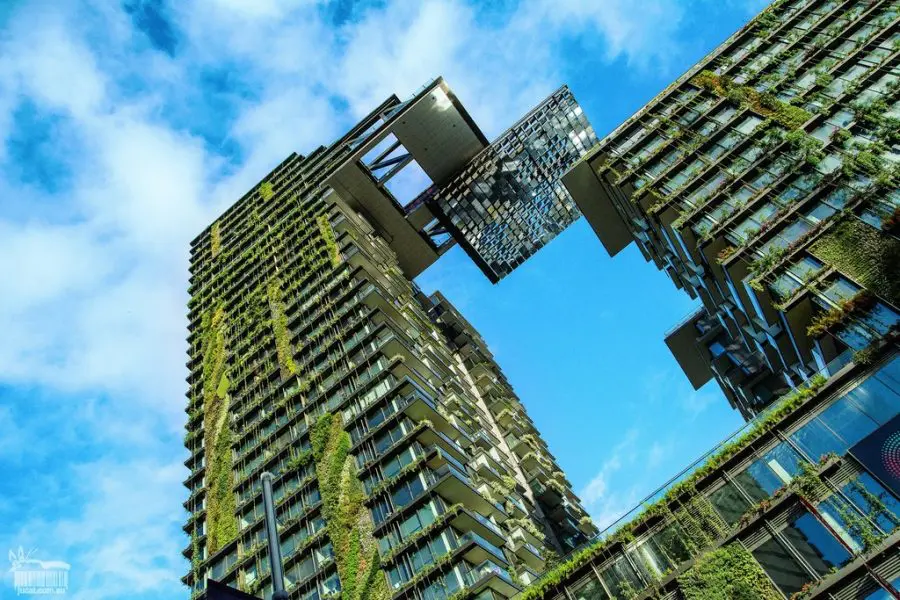
As we wrap up our deep dive into the world of green building concepts, it’s time to reflect on the insights we’ve gathered.
From understanding the core principles to exploring the benefits and challenges, we’ve journeyed through the transformative potential of sustainable construction.
Let’s now draw together these threads and look at the bigger picture, summarizing the key takeaways and the impact they can have on our future.
Recap of the Importance of Green Building Concepts
As we’ve explored throughout this post, green building concepts are more than just a trend or a buzzword.
They represent a fundamental shift in how we think about our built environment.
From energy efficiency to water conservation, from reducing CO2 emissions to improving indoor air quality, and from resource stewardship to sensitivity to their impacts, every aspect of green building contributes to a more sustainable and livable world.
It’s not just about the buildings themselves, but the people who live and work in them, and the communities that surround them.
Call to Action for More Sustainable Building Practices
Now that we’ve seen the immense potential of green building concepts, it’s clear that we all have a role to play in promoting and implementing these practices.
Whether you’re an architect, a builder, a homeowner, or simply someone who cares about the future of our planet, you can make a difference.
Consider the principles of green building in your next project, advocate for sustainable practices in your community, or support businesses and organizations that prioritize sustainability.
Remember, every step we take towards green building is a step towards a healthier, more sustainable future for us all.
Let’s build that future together!

